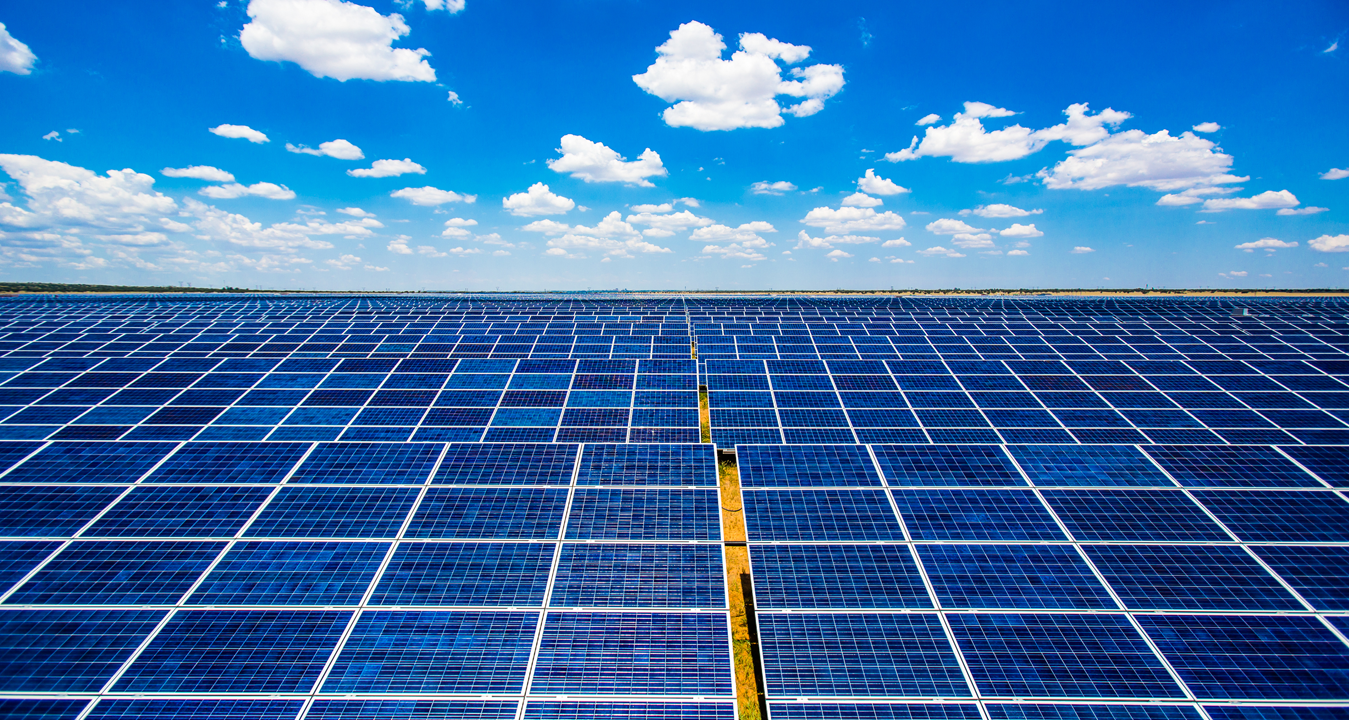We take a bottom-line approach to each project. Our clients consistently, enhanced brand loyalty and new leads thanks to our work.
We take a bottom-line approach to each project. Our clients consistently, enhanced brand loyalty and new leads thanks to our work.
Solar energy in one form or another is the source of nearly all energy on the earth. Humans, like all other animals and plants, rely on the sun for warmth and food. However, people also harness the sun's energy in many other different ways. For example, fossil fuels, plant matter from a past geological age, is used for transportation and electricity generation and is essentially just stored solar energy from millions of years ago. Similarly, biomass converts the sun's energy into a fuel, which can then be used for heat, transport or electricity. Wind energy, used for hundreds of years to provide mechanical energy or for transportation, uses air currents that are created by solar heated air and the rotation of the earth. Today wind turbines convert wind power into electricity as well as its traditional uses. Even hydroelectricity is derived from the sun. Hydro power depends on the evaporation of water by the sun, and its subsequent return to the Earth as rain to provide water in dams. Photovoltaics (often abbreviated as PV) is a simple and elegant method of harnessing the sun's energy. PV devices (solar cells) are unique in that they directly convert the incident solar radiation into electricity, with no noise, pollution or moving parts, making them robust, reliable and long lasting.
India is located in the equatorial sun belt of the earth, there by receiving abundant radiant energy from sun. The India meteorological Department(IMD) maintain as nation wide network of radiations which measure solar radiation and also the daily duration of sunshine. In most part of India ,clear sunny weather is experienced 250 to 300 days a year.
The annual global radiation varies from 1600 to 2200 kWh/sq.m. Which is comparable with radiation received in the tropical and subtropical regions. The equivalent energy potential is about 6,000 million GWh of energy per year. The highest annual global radiation is received in Rajasthan and northern Gujarat. In Rajasthan, large areas of land are barren and sparsely populated, making these areas suitable as locations for large central power stations based on solar energy.


Solar power is the conversion of energy from sunlight into electricity, either directly using photovoltaics (PV), indirectly using concentrated solar power, or a combination. Concentrated solar power systems use lenses or mirrors and tracking systems to focus a large area of sunlight into a small beam. Photovoltaic cells convert light into an electric current using the photovoltaic effect.
Solar Power, a clean renewable resource with zero emission, has got tremendous potential of energy which can be harnessed using a variety of devices. With recent developments, solar energy systems are easily available for industrial and domestic use with the added advantage of minimum maintenance.
The Ministry has come forward to support Solar PV based Power Plants in big way throughout the country with a host of fiscal incentives. For encouraging investment by the private sector in power generation through renewable energy, MNRE has formed nodal agencies in all the states, and has issued a set of guidelines for their consideration.

Herald Solar Park having 1 MW capacity is located at Survey No.: 4 and Plot No.: 1 Village: Chelana Taluka. Jafrabad, Dist. Amreli.